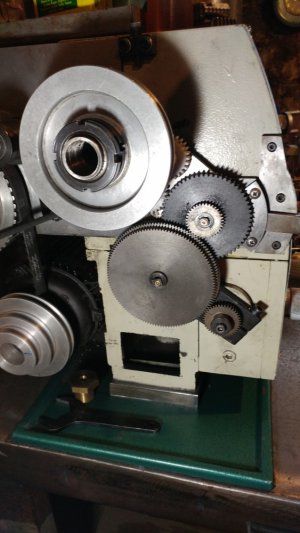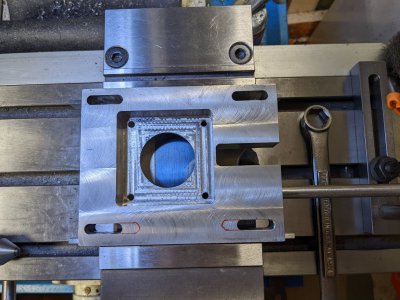- Joined
- Feb 1, 2015
- Messages
- 9,645
Looking at your figures, I would just increase the length of the slots and move the hole locations. I generally like to have a hole located a minimum of a hole diameter from an edge. In the case lof threaded holes, that would be the o.d. of the fastener. If it were me, I wouldn't bother plugging the defective holes. It's only cosmetic and they are hidden from view by your mounting plate. If you must plug them, use mild steel and Loc Tite.



